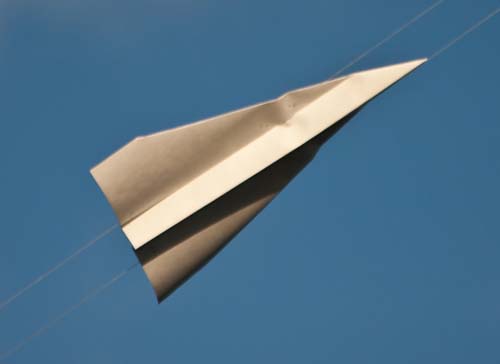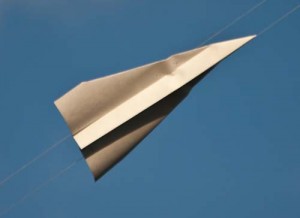The Thinking UAS

Ausley Associates
Pax Leader
Unmanned aircraft are a wonder of modern technology, but, truth be told, the engineering techniques that allow them to take off, fly, communicate with their controllers and return to the ground have been around for decades.
The revolutionary technologies that today’s engineers are attempting to develop at Naval Air Station Patuxent River and around the world could one day allow these aircraft to safely fly in proximity to manned aircraft.
“This is one of the greatest leaps in technology in the history of aviation,” said Tony Pucciarella, a retired Navy commander and former commercial pilot who now serves as unmanned aircraft systems program manager for Lexington Park, Maryland-based Ausley Associates, Inc. Pucciarella said that today’s work to develop unmanned aircraft system technologies such that the aircraft can fly safely within various airspace environments is even more revolutionary than the transition from propeller-driven aircraft to jets a few decades ago.
To understand the significance of this revolution, it’s helpful to understand the distinction between two terms often used interchangeably: Unmanned Aircraft Vehicle and Unmanned Aircraft System. The term “UAV,” Pucciarella said, refers to the unmanned vehicle itself, while “UAS” refers to the entire system, including the operator, communications and control systems.
Pucciarella said Ausely likes to refer to itself the “manpower behind unmanned systems.”
 “We focus on the ‘U’ piece of the UAS,” Pucciarella said. “What’s really different is how you control it. … On the support we provide, we most enjoy the challenging pieces. What we find the most challenging is the ‘U’ piece. … What we’re doing is the hard stuff.”
“We focus on the ‘U’ piece of the UAS,” Pucciarella said. “What’s really different is how you control it. … On the support we provide, we most enjoy the challenging pieces. What we find the most challenging is the ‘U’ piece. … What we’re doing is the hard stuff.”
In order for the Navy and other military services to begin ferrying their unmanned aircraft between locations in civilian airspace, the Federal Aviation Administration must be convinced that the unmanned systems can operate safely on their own if control is lost – “a condition that must be planned for,” according to Pucciarella.
What is important is that the vehicle is equipped with enough pre-programmed logic to maintain its pre-designated flight plan, re-establish communications if possible and safely sense and avoid other aircraft. This line of development is known as “airspace integration.” Ausley is involved in what is known as “safety case development” for unmanned systems to illustrate that they are qualified to operate in civil airspace.
Unlike the decades past, when engineers could test their new designs in the relatively clear skies over largely rural land, today’s safety case developers rely heavily on modeling and simulation. Pucciarella said that decades of relatively stellar safety records in civil aviation have produced high expectations for unmanned aircraft.
“There are more airplanes flying than there were 20, 30, 40 years ago,” Pucciarella noted. But he sees today’s engineers rising to the challenge. “Every UAS engineer I know is committed to safety.”
























